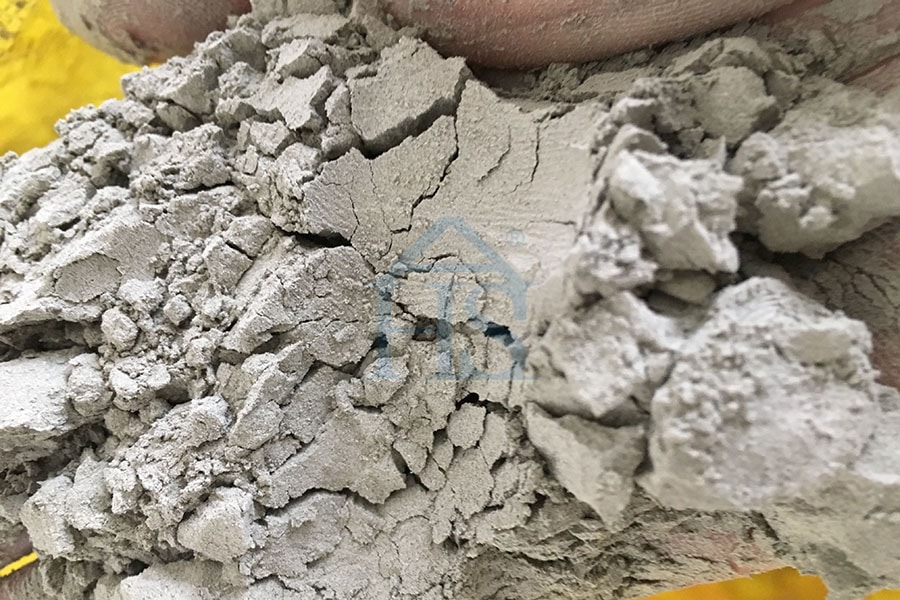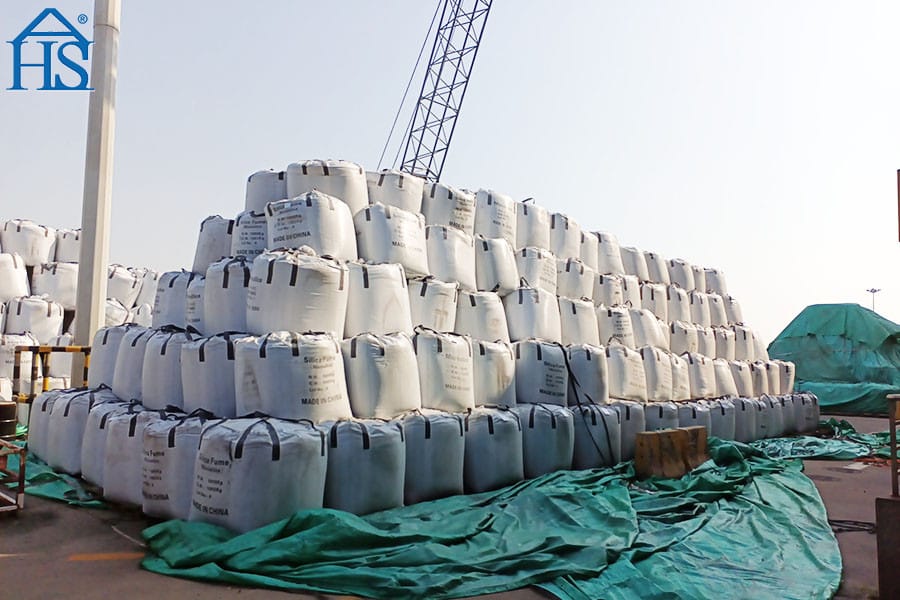Mineral admixtures play a crucial role in the construction industry. They are used in various types of concrete to improve their properties and durability. Mineral admixtures are finely divided materials that are added to concrete to modify its properties. The use of mineral admixtures has gained significant importance in recent years due to their ability to enhance the performance of concrete.
Types of Mineral Admixtures
There are different types of mineral admixtures available in the market. These include fly ash, slag cement, silica fume, and natural pozzolans.
- Fly Ash
Fly ash is a byproduct of coal combustion. It is a fine powder that is added to concrete to improve its workability, reduce permeability, and enhance its durability. - Slag Cement
Slag cement is a byproduct of iron production. It is a hydraulic cement that is used to replace a portion of the Portland cement in concrete. Slag cement improves the strength, durability, and workability of concrete. - Silica Fume
Silica fume is not your average mineral admixture. This highly reactive pozzolan is a game-changer in the construction industry. Its unique properties make it an ideal addition to concrete, offering significant benefits such as increased strength, durability, and resistance to chemical attacks. Silica fume is produced as a byproduct of the silicon and ferrosilicon industries, making it a sustainable and cost-effective solution for enhancing the performance of concrete. Its fine particle size and high reactivity make it a versatile material that can be used in a variety of applications, from high-rise buildings to marine structures. - Natural Pozzolans
Natural pozzolans are materials that are naturally occurring and have pozzolanic properties. These materials include volcanic ash, pumice, and diatomaceous earth. Natural pozzolans are used to improve the strength and durability of concrete.
Advantages of Mineral Admixtures in Concrete
The addition of mineral admixtures to concrete offers several advantages. These include:
- Strength and Durability Improvement
The use of mineral admixtures improves the strength and durability of concrete. Mineral admixtures react with calcium hydroxide, which is produced during the hydration of Portland cement, to form additional calcium silicate hydrate gel. This gel improves the strength and durability of concrete. - Reduction in Heat of Hydration
Mineral admixtures reduce the heat of hydration of concrete. The addition of mineral admixtures decreases the rate of heat generation during the hydration of cement. This reduces the risk of thermal cracking in concrete. - Improved Workability
The use of mineral admixtures improves the workability of concrete. Mineral admixtures improve the flowability of concrete and reduce the amount of water required to achieve a desired slump. - Reduced Permeability and Water Absorption
Mineral admixtures reduce the permeability and water absorption of concrete. This improves the durability of concrete by reducing the amount of water and moisture that can enter the concrete and cause damage.
Applications of Mineral Admixtures in Construction
Mineral admixtures have a wide range of applications in the construction industry. They are used in various types of structures, including:
- Bridges and Roads
Mineral admixtures are commonly used in the construction of bridges and roads. They improve the strength and durability of concrete, which is essential for these structures. - High-rise Buildings
Mineral admixtures are used in the construction of high-rise buildings. They improve the workability of concrete, which is important for pouring and placing concrete in tall structures. - Marine Structures
Mineral admixtures are used in the construction of marine structures, such as ports, harbors, and piers. They improve the durability of concrete by reducing the permeability and water absorption of concrete. - Mass Concrete Structures
Mineral admixtures are used in the construction of mass concrete structures, such as dams and nuclear power plants. They reduce the heat of hydration, which is important for preventing thermal cracking in large concrete structures.
Challenges in Using Mineral Admixtures
Despite the benefits of using mineral admixtures, there are some challenges associated with their use. These challenges include:
- Compatibility with Other Materials
Mineral admixtures may not be compatible with all types of cement and other materials used in concrete. It is important to ensure that the mineral admixture is compatible with other materials before using it in concrete. - Variability in Properties
The properties of mineral admixtures can vary depending on their source and manufacturing process. It is important to test the mineral admixture before using it in concrete to ensure that it meets the required specifications. - Environmental Concerns
The use of mineral admixtures may raise environmental concerns. For example, fly ash is a byproduct of coal combustion and may contain harmful materials. It is important to ensure that the use of mineral admixtures does not have a negative impact on the environment.
Conclusion
Mineral admixtures are a valuable addition to the construction industry. They improve the strength, durability, workability, and other properties of concrete. Mineral admixtures have a wide range of applications in various types of structures. Despite some challenges associated with their use, mineral admixtures offer significant benefits that make them a worthwhile investment in construction.





